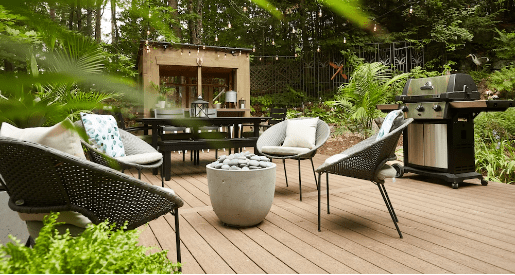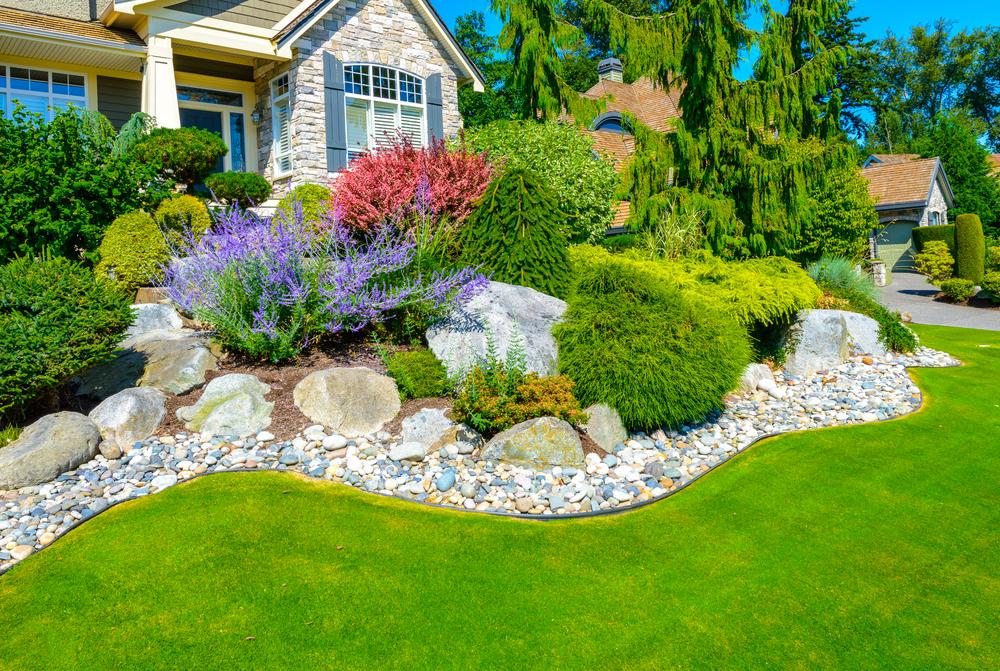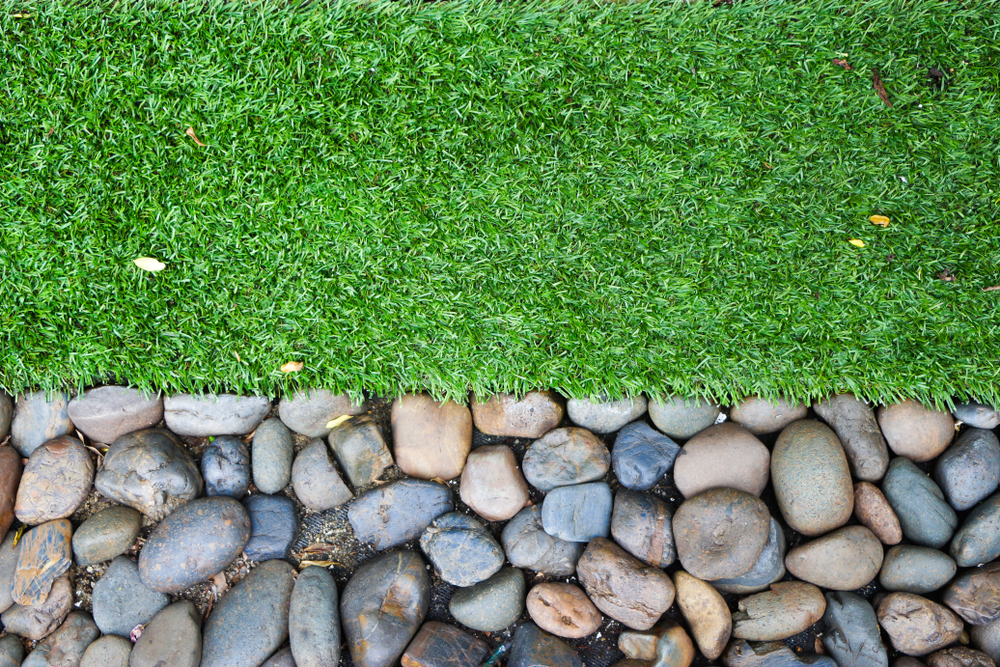Boulders often serve a functional purpose as well as an aesthetic one in landscaping. Landscape engineers often use them, and we can apply these concepts to smaller residential projects.
How Boulders Can Serve a Functional Landscape Purpose
Anyone who lives in or has visited the area has seen boulders in Las Vegas used for landscaping purposes. Even a lone boulder in the middle of a front yard or concrete area can add something visually interesting. Aesthetic boulders can do a lot more than that, however. In fact, landscape engineers often use them for large commercial projects, and homeowners can apply some of these ideas to their own residential landscape plans.
Using Boulders to Fill in Areas
Las Vegas boulders can fill in a significant amount of space in a cost-effective manner. When considering price, factor in that the rocks used for these purposes don’t have great aesthetic value and thus aren’t priced as such. They’re simply big and heavy, and if, for instance, you need to fill in a big hole, a boulder as a starting point can be much more effective than just filling it in with dirt.
Using Boulders to Raise Land
Functional boulders can be used quite effectively to raise land by providing a foundation upon which dirt, sod and other items can be laid. In fact, when commercial projects in the area involve leveling large areas, boulders are often the first step in that process.
Using Builders to Create Retaining Walls
Boulders are also an effective basis for both functional and aesthetic retaining walls in civil engineering. Your average landscaper may associate smaller rocks with retaining walls, but boulders are a great option when a wall needs to be tall or long. These walls have similar visual appeal but don’t need as many rocks.
Using Boulders to Channel Water
On properties where there’s significant water flow, boulders are an effective way to divert it or to channel it through a specific path. After all, boulders don’t move easily, don’t wear at a rate that’s concerning and tend not to have settling and other stabilization issues smaller rocks often have.





